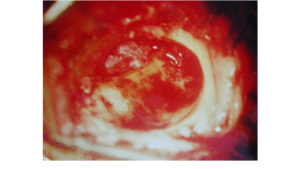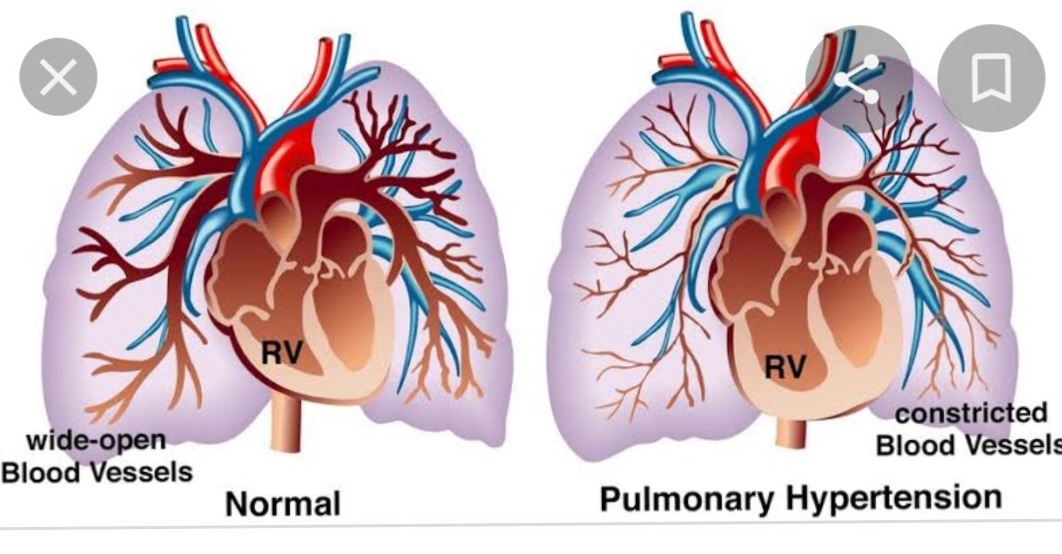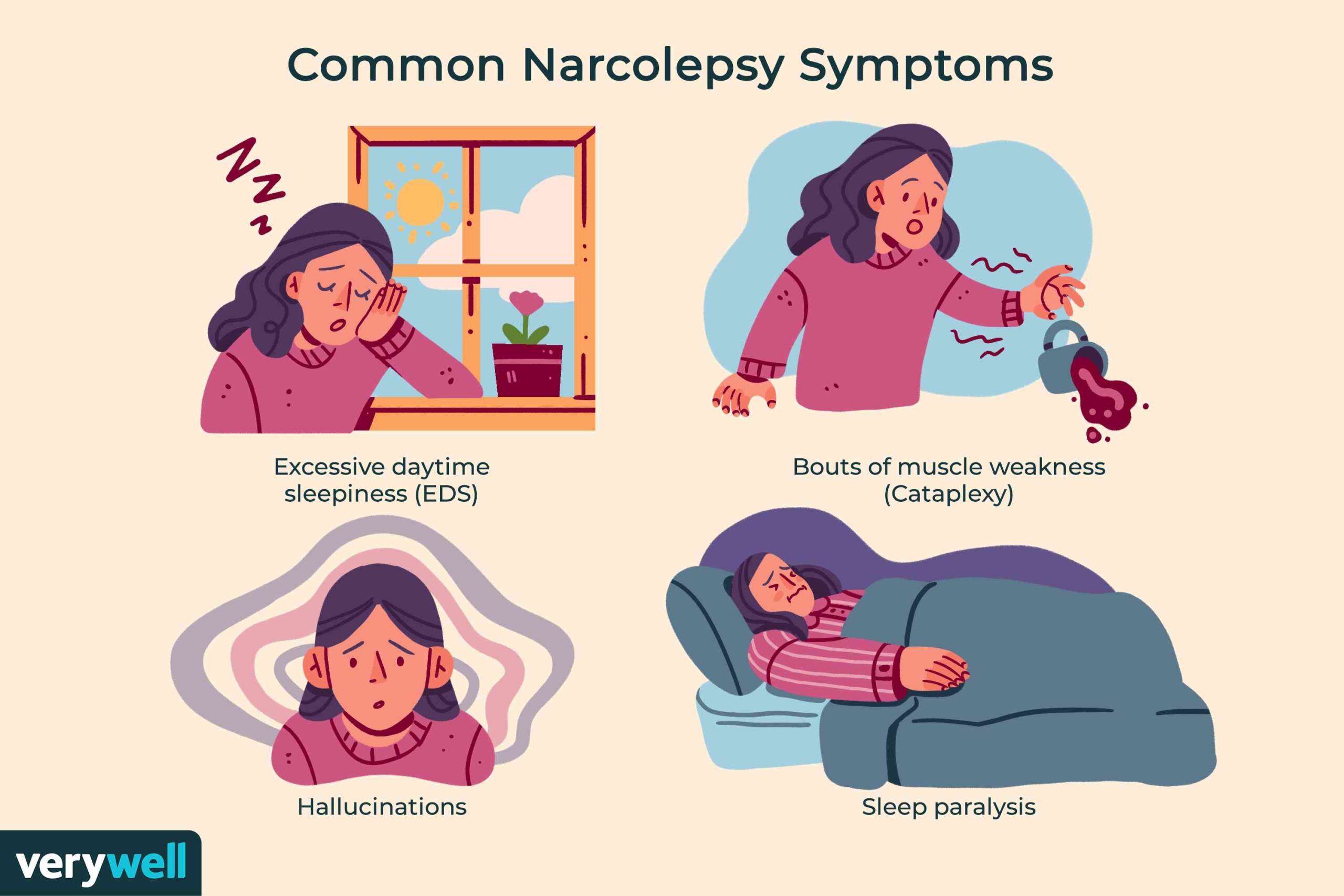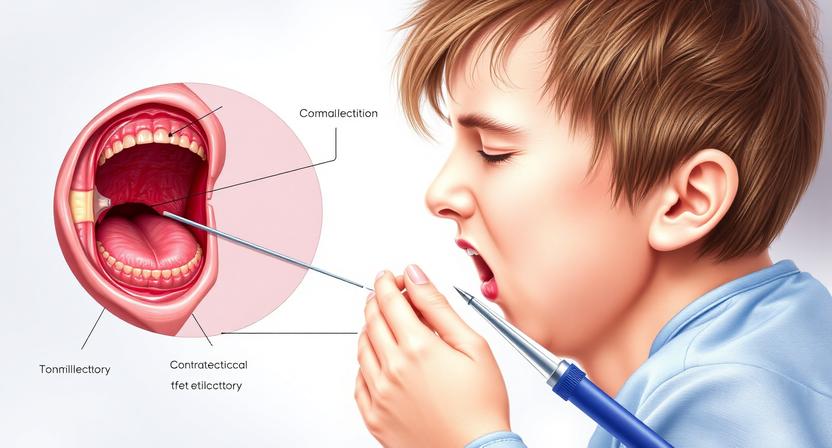Cavity problems after mastoid surgery and it’s management-various aspects-
Tympanoplasty and Mastoidectomy (Tympanomastoidectomy) “Cavity issues” occurring after mastoid surgery, commonly known as a “persistent mastoid cavity,” may present as chronic ear discharge (otorrhea), growth of granulation tissue inside the cavity, accumulation of wax, and challenges in fitting hearing aids, and can arise from insufficient removal of infected tissue during the operation or poor post-operative care; treatment generally includes regular cleaning of the ear, use of topical medications, and in more severe instances, additional surgical procedures to close the cavity or correct particular anatomical problems leading to the issue.


If any patient of ENT requires any surgery, opd consultation or online consultation in clinic of ENT specialist Doctor Dr Sagar Rajkuwar ,he may contact him at the following address-
Prabha ENT clinic, plot no 345,Saigram colony, opposite Indoline furniture Ambad link road ,Ambad ,1 km from Pathardi phata Nashik ,422010 ,Maharashtra, India-Dr Sagar Rajkuwar (MS-ENT), Cel no- 7387590194 , 9892596635
Inadequate surgical technique:
Not entirely excising diseased tissue or creating a cavity that is incorrectly shaped with insufficient drainage can result in ongoing discharge.
High facial ridge:
A pronounced bony ridge located near the ear canal entrance can block drainage from the mastoid cavity.
Stenotic external auditory canal:
A constricted ear canal can complicate the cleaning of the cavity and hinder proper drainage.
Poor epithelialization:
The skin lining’s inability to adequately grow over the cavity walls can result in discharge.
Residual cholesteatoma:
Should a cholesteatoma (a skin growth) not be fully removed during the surgical procedure, it may recur and cause discharge.
Granulation tissue:
An excessive formation of new tissue within the cavity can impede healing and lead to discharge.
Mastoid tip cell involvement:
If the mastoid tip cells are not sufficiently managed during surgery, they can become a source of infection and discharge.
Improper cavity design:
An excessively large or ill-shaped cavity can be more likely to collect debris and discharge.
For Update On Further Important Health Related Topics And Frequently Asked Questions On Health Topics By General Population Please Click On The Link Given Below To Join Our WhatsApp Group –
https://chat.whatsapp.com/Lv3NbcguOBS5ow6X9DpMMA
Important points to consider:
Severity of initial condition:
Patients experiencing more severe ear infections or having complex anatomical structures may face a greater risk of post-surgical cavity complications.
Surgical approach:
Certain surgical methods, such as canal wall down mastoidectomy, might present a higher risk of cavity complications compared to other techniques.
Management of cavity problems:
Regular cleaning and topical medications:
Cleaning the cavity using ear drops or irrigation to eliminate debris and manage infection.
Revision surgery:
In severe instances, a follow-up surgery might be necessary to correct issues like a high facial ridge, poor cavity design, or remaining disease.
Mastoid obliteration:
In specific situations, the surgeon might opt to obliterate the cavity with bone grafts or other materials to minimize the likelihood of future complications.
Key symptoms of cavity problems after mastoid surgery: Symptoms of issues related to cavities after mastoid surgery include ear discharge, hearing loss, dizziness, and tinnitus.


Symptoms
Ear discharge: A frequent symptom that may be ongoing or sporadic
Hearing loss: Components in and around the ear can deteriorate, leading to hearing loss
Dizziness: May indicate issues with cavities following mastoid surgery
Tinnitus: A sound perceived in the ear, like buzzing, hissing, or ringing
Mastoid tenderness: May indicate issues with cavities following mastoid surgery
Granulations: May indicate issues with cavities following mastoid surgery
Wax: May indicate issues with cavities following mastoid surgery
Keratin accumulation: May indicate issues with cavities following mastoid surgery
Risk factors include older age (≥50 years), insufficient postoperative care, and diabetes.
When to seek medical care
You should reach out to your healthcare provider if you experience: A fever of 100. 5 degrees Fahrenheit (38. 05 degrees Celsius) or higher, significant ear bleeding or discharge, facial weakness, dizziness or vertigo, and hearing loss.
Key points regarding cavity issues after mastoid surgery and their management:
To address cavity issues following mastoid surgery, the main choice is mastoid cavity obliteration, which involves filling the surgical cavity with materials such as bone grafts or tissue to seal it, reducing the chances of discharge, infections, and frequent cleanings; this is commonly performed alongside a procedure known as meatoplasty, which expands the ear canal opening for improved drainage and easier cleaning access.
Causes of cavity issues:
A large mastoid cavity remaining after surgery may result in recurring infections, discharge, discomfort, and hearing problems due to the accumulation of debris.
Mastoid obliteration procedure:
This requires filling the cavity with appropriate materials like autologous bone graft, fat, or synthetic substances depending on the situation.
Benefits of obliteration:
Decreases the risk of chronic discharge
Minimizes the need for regular ear cleaning
Enhances hearing results in some instances
May lower the chance of vertigo caused by exposure to cold water
Alternative treatment methods for cavity management:
Regular cleaning and irrigation: If obliteration is not carried out, the patient might need to consistently clean the cavity using ear drops and suctioning to control discharge.
Antibiotics: In cases of infection, topical or oral antibiotics could be prescribed.
Revision surgery: If the initial surgery results in a problematic cavity, a revision operation may be necessary to resolve the concern.
DISCLAIMER-Some patients go to net and directly take treatment from there which can lead to catastrophic consequences-Then- Many people ask then why to read all this text -the reason is that it helps you to understand the pathology better ,you can cooperate with treatment better ,your treating physician is already busy with his patients and he does not have sufficient time to explain you all the things right from ABCD ,so it is always better to have some knowledge of the disease /disorder you are suffering from.
Important considerations:
Consult your ENT specialist:
Always review the optimal treatment approaches for your individual case with your ear, nose, and throat practitioner.
Follow-up care:
Consistent post-operative visits are essential to track the healing progress and handle any complications.
Lifestyle modifications:
Avoid exposing your ear to water, blowing your nose vigorously, and participating in intense activities as advised by your physician.
Common cavity problems
Discharge: Ongoing discharge from the mastoid cavity is a frequent issue following surgery.
Granulations: Granulations may develop within the cavity.
Wax buildup: Wax can build up in the cavity.
Structural problems: Inadequate meatoplasty or insufficient lowering of the facial ridge may necessitate additional surgery.
When to call a doctor
You have a fever of 100. 5°F (38. 05°C) or above
You experience heavy ear bleeding or discharge
You have facial weakness
You feel dizziness or vertigo
You experience hearing loss
Methods
Patients who had experienced canal wall-down mastoidectomy for chronic otitis media with the formation of a persistent mastoid cavity and had revision tympanomastoid surgery that included mastoid cavity obliteration using autologous material were part of the study. Audiological assessments including air conduction (AC) and bone conduction (BC) pure-tone averages (PTA) as well as the air–bone gap (ABG) were evaluated. Health-related Quality of Life (HRQoL) was measured by the Zurich Chronic Middle Ear Inventory (ZCMEI-21) both before and after the surgery.
Results
In total, 25 patients (16 females and 9 males; average age 51. 6 years, with 14 right and 11 left ears) were examined. Patients were reassessed after an average follow-up duration of 9. 2 months (SD = 6. 5) following the obliteration of the mastoid cavity. When compared to the initial visit, patients exhibited a significantly lower AC PTA at the postoperative visit
Conclusions
This is the initial study documenting a highly significant and clinically crucial enhancement in HRQoL following mastoid cavity obliteration in a prospective context. The improvement in HRQoL was found to be unrelated to the hearing improvement. As a clinical implication, we present evidence of a considerable subjective benefit from the surgical obliteration of a problematic mastoid cavity and, consequently, we advocate for this surgical approach.
What are the problems with the mastoid cavity?
What should I avoid after mastoid surgery?
Mastoid
What mechanism does the ear use?
The ear is composed of the inner, middle, and outer ear. As sound passes through the outer ear, the eardrum vibrates. The little bones of the middle ear—the malleus, incus, and stapes—conduct the vibration. The vibration then enters the inner ear, where it activates nerve cells to produce signals that the brain interprets as sound.
The ear contains the balance mechanism, which is composed of fluid-filled semicircular canals and hairlike sensors that help maintain balance. The nerve that governs the muscles of the face travels via the ear. The brain is located immediately above the ear.
The mastoid bone is what?
The mastoid bone, a prominent bony area, can be felt directly behind the ear. There are many air gaps in its connection to the middle ear’s air space. The mastoid bone might be affected by conditions affecting the middle ear.


What is the goal of mastoid surgery?
The majority of mastoid procedures are performed to treat cholesteatoma. This is a collection of dead skin cells that forms a pouch-like structure from the eardrum to the mastoid bone and middle ear. In some cases, mastoid surgery is performed to facilitate other procedures, such as cochlear implantation.
Cholesteatoma may lead to what complications?
Over the course of many years, this skin sac might gradually grow, causing recurrent ear infections. In addition to its expansion, the sac can also start to erode the surrounding tissues in and around the middle ear over time. These are the minute bones that transmit vibrations to the inner ear, the bony covering of the inner ear, the bone that shields the facial nerve, and the bone that sits between the ear and the brain.
What symptoms may I expect?
Ear pain and a foul-smelling discharge are possible symptoms of repeated ear infections. The disintegration of ear structures can lead to hearing loss. It’s possible that your balance will be disrupted and that you will experience tinnitus, which is a sound in your ear that sounds like humming, hissing, or ringing. Although uncommon, the illness can occasionally have effects such as meningitis and abscesses. Other symptoms of this disease include fever, severe pain and swelling around the ear, and a stiff neck.
Do I need any tests?
Your ear will be examined by your counselor using an otoscope, a handheld device with a light and a magnifying lens. Using a microscope, they can get a closer look at your ear and use a suction instrument to remove any earwax. This is rather safe, but it can sometimes cause slight discomfort and dizziness. To determine your hearing range, an audiogram will be utilized. In addition, your consultant may advise you to have an MRI or CT scan.
What kind of therapy could I need?
Antibiotics and ear suction will only provide a short-term fix for your symptoms.
The only method of treating cholesteatoma that is both effective and safe is surgery.
What benefits does surgery provide?
The major benefit of getting rid of cholesteatoma is that it prevents ear infections. Additionally, it may help avoid potential issues that might arise if the cholesteatoma grows.
What transpires during surgery?
The process is also known as mastoidectomy. The type of mastoidectomy performed is often determined by the size of the cholesteatoma. This surgery has several other names, including combined-approach tympanoplasty, atticotomy, and atticoantrostomy.
In the majority of operations, general anesthesia is administered. It could last between one and three hours.
The cut to your ear canal will be made either above or behind your ear. If the illness is localized, some surgeons may use a type of telescope known as an endoscope to guide them while performing the treatment through the ear canal. A drill is occasionally used by surgeons to break through the mastoid bone in order to gain access to the ailment. A laser and an endoscope are occasionally utilized in conjunction with other combination techniques.
The area is left with what is known as a mastoid cavity after the bone that covers the infection inside the mastoid cells is removed. Some surgeons leave the mastoid open to the ear canal, while others use bone, cartilage, or muscle from the area around the ear to seal the mastoid cavity. This allows them to readily inspect the mastoid cavity. The ear aperture is sometimes widened in the outpatient clinic to make it easier to examine and clean the ear. You should discuss with your surgeon which course of action you and they would prefer. Your ear will be packed after the procedure. The packing may remain in place for up to three weeks while your ear recovers before being removed at a hospital. Some surgeons employ a packing technique that doesn’t need to be removed. Any sutures may be removed at your GP’s office seven to ten days later. You might also need a head bandage for up to 24 hours.
Is there any other choice besides surgery?
In certain circumstances, surgery may not be the best option for you. This decision will be made in consultation with your surgeon. Although regular suctioning ear cleaning at an ear, nose, and throat clinic along with the use of antibiotic drops as necessary can help stop the spread of the disease, it will never be completely cured. There is still a potential that the cholesteatoma could develop and create issues. Meningitis, brain abscess, facial paralysis, dizziness, and complete hearing loss are just a few of the rare adverse effects.
What should I expect after the procedure?
Following the surgery, you will be brought to the recovery area. You’ll be returned to the ear, nose, and throat department after your anesthesia wears off. You could cover your head with a bandage and your ear with a dressing.
Your ear will hurt after the surgery, and you will receive pain medication both during your hospital stay and to take home with you. The discomfort caused by this can persist for up to two weeks. Your ear will feel blocked for up to three weeks as you consider what to pack. You can experience some bleeding as a result of your wound or the packing. Cotton wool and bandages can be used until the bleeding stops, but keep in mind that they need to be changed often. Between seven and fourteen days after surgery, the stitches will be removed by the practice nurse at your GP. You can use a pair of clean scissors to cut off the loose end of your luggage if the contents begin to fall out, leaving the rest in place. Until your surgeon advises otherwise, you should keep your ear dry.
If you are concerned about your ear, get in touch with the ear, nose, and throat division of the local hospital.
How long will I be in the hospital?
Be prepared to stay the night in the hospital even if you may be able to go back home the same day. If there are any complications after surgery, you may need to remain in the hospital for a longer period.
How long does it take to get better?
The size of your company determines how quickly you will recover. You might be able to go back to work after two weeks, but you should take precautions to keep your ear dry. Most people will have fully recovered after six to eight weeks.
Treatment following care
A few weeks after the procedure, you’ll require an outpatient visit to the hospital. During this trip, your ear will be extracted if you have packaging in it. Extensive follow-up care is common after mastoid surgery, especially if you have a mastoid cavity.
Prabha ENT Clinic, Plot no 345,Saigram Colony, Opposite Indoline Furniture Ambad Link Road ,Ambad ,1 km From Pathardi Phata Nashik ,422010 ,Maharashtra, India-Dr. Sagar Rajkuwar (MS-ENT), Cell No- 7387590194, 9892596635
Issued in public interest by –
www.entspecialistinnashik.com





